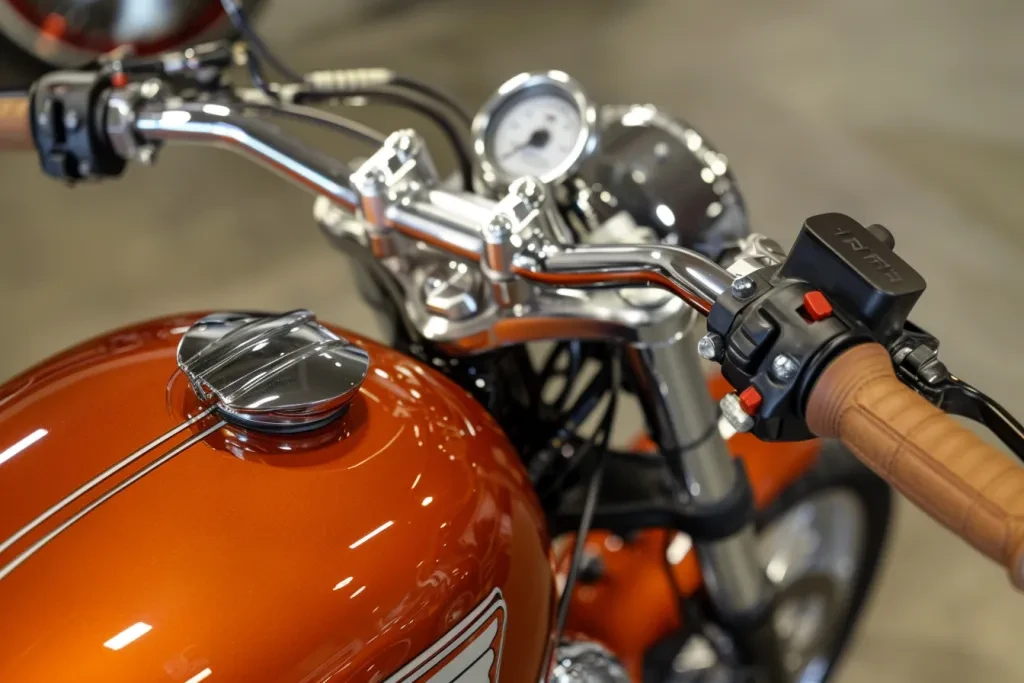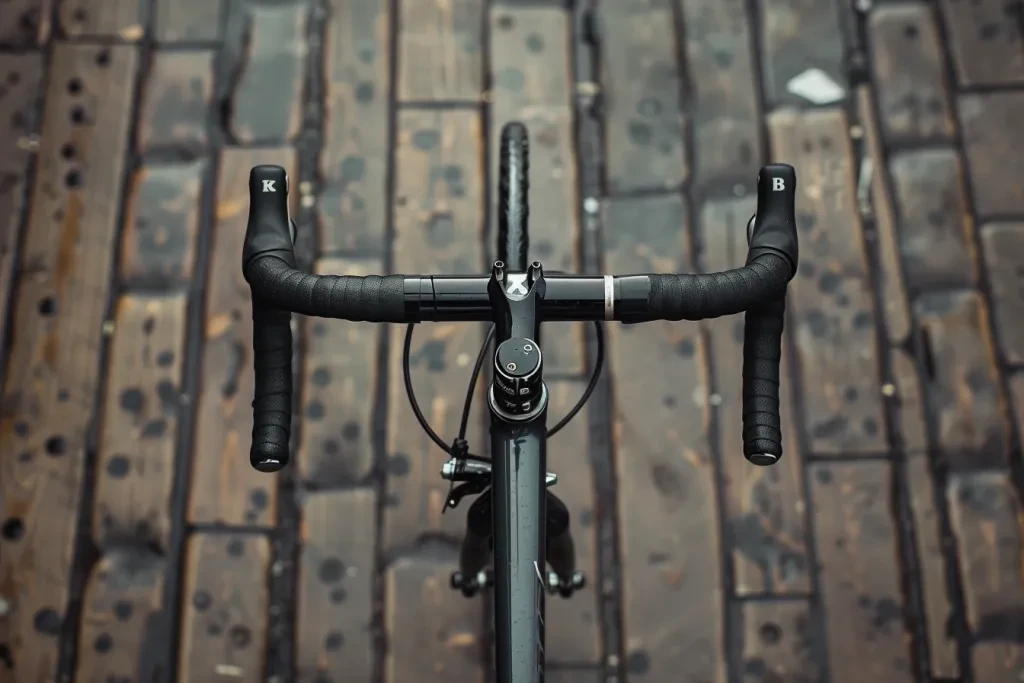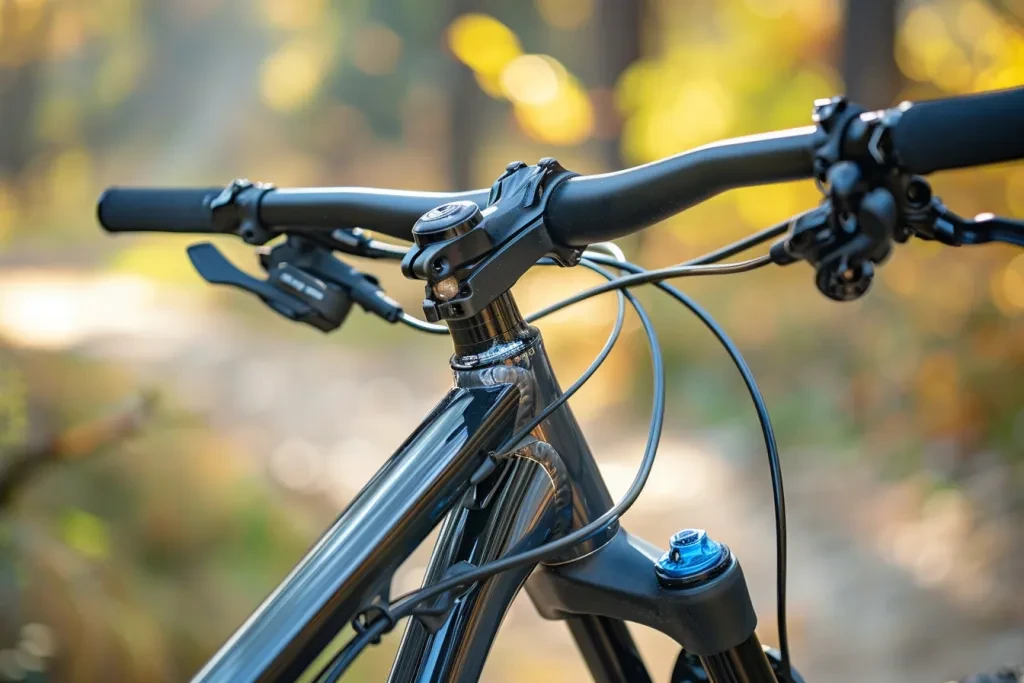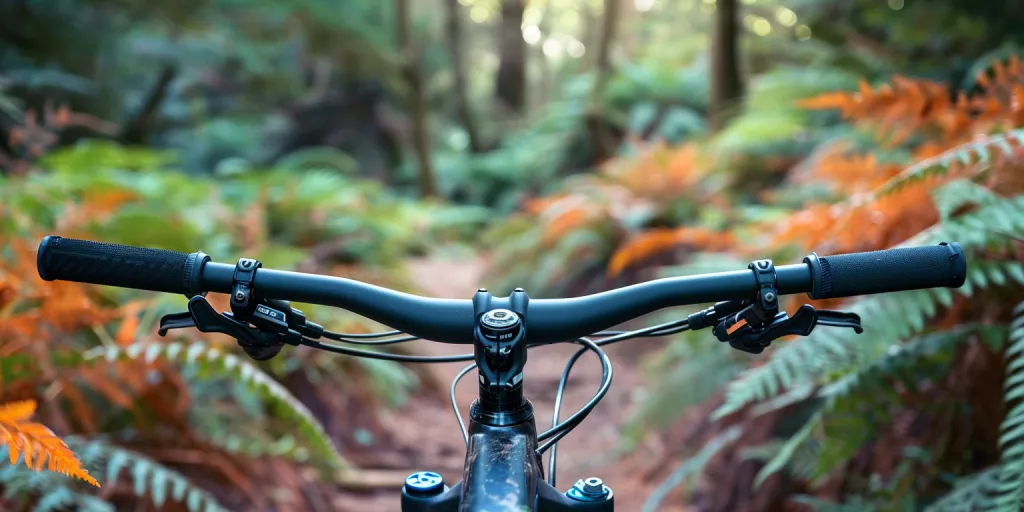Handlebars are more than just a part of your vehicle; they’re the primary point of contact that dictates your ride’s comfort, control, and safety. Understanding the intricacies of handlebars can transform your driving experience. This article delves deep into the world of handlebars, offering insights and guidance for enthusiasts and casual riders alike.
Table of Contents:
– What is a handlebar?
– What does a handlebar do?
– How to choose a handlebar
– How long do handlebars last?
– How to replace a handlebar
– How much are handlebars?
What is a handlebar?

Handlebars are a critical component found in various vehicles, including bicycles, motorcycles, and ATVs. They serve as the steering mechanism, allowing the rider to guide the vehicle’s direction. Beyond their functional role, handlebars significantly influence the vehicle’s aesthetics and the rider’s posture, affecting overall comfort and ergonomics. The design and material of handlebars vary widely, from lightweight carbon fiber for racing bicycles to sturdy steel for off-road motorcycles, catering to different riding styles and preferences.
What does a handlebar do?

The primary function of a handlebar is to provide the rider with a steering interface, crucial for maneuvering the vehicle. Handlebars also house various controls and switches, such as brakes, throttle, clutch, and signal indicators, making them the control center for the rider. Additionally, they play a significant role in absorbing vibrations and shocks from the road, contributing to a smoother ride. The positioning and shape of the handlebar affect the rider’s leverage, steering precision, and comfort, highlighting its importance in vehicle dynamics.
How to choose a handlebar

Selecting the right handlebar is pivotal for ensuring a comfortable and safe riding experience. Consider the following factors: riding style, vehicle type, material, and ergonomics. For aggressive sports riding, a lower and narrower handlebar might be preferred for better control and aerodynamics. Conversely, touring riders might opt for a wider and higher handlebar for a relaxed posture. Material choice impacts the handlebar’s weight, durability, and vibration dampening properties, with options ranging from aluminum, steel, to carbon fiber. Ergonomically, the handlebar should allow a natural arm position without straining the shoulders or wrists, ensuring long-term comfort.
How long do handlebars last?

The lifespan of a handlebar can vary widely based on material, usage, and maintenance. High-quality handlebars can last several years, even decades, if properly cared for. However, they are not immune to wear and tear. Factors such as crashes, over-tightening, and exposure to extreme weather conditions can compromise their integrity. Regular inspections for cracks, bends, or corrosion are essential to ensure safety. Replacing handlebars before they fail is crucial to avoid accidents.
How to replace a handlebar

Replacing a handlebar might seem daunting but can be accomplished with basic tools and a bit of patience. Begin by removing any accessories, controls, and grips attached to the old handlebar. Carefully disconnect the brake lines or cables, if applicable. Loosen the clamp bolts that secure the handlebar to the stem or risers. Once removed, compare the new handlebar with the old to ensure compatibility in size and bend. Install the new handlebar, reattach the controls, and adjust to your preferred position. Finally, ensure all bolts are tightened to the manufacturer’s specifications to prevent slippage or movement.
How much are handlebars?

The cost of handlebars varies significantly based on the material, brand, and specific design features. Basic models made from aluminum or steel can be quite affordable, ranging from $20 to $100. More specialized handlebars, such as those made from carbon fiber or designed for specific competitive uses, can cost several hundred dollars. When considering a purchase, factor in the potential need for additional components, such as grips or control adapters, which can add to the overall cost. Remember, investing in a high-quality handlebar can enhance your riding experience and safety.
Conclusion:
Handlebars are a vital component that significantly impacts your vehicle’s control, comfort, and style. Choosing the right handlebar requires consideration of your riding style, ergonomic needs, and the type of vehicle you’re outfitting. With proper care and maintenance, a quality handlebar can last for years, making it a worthwhile investment for any rider. Whether you’re looking to replace an old handlebar or upgrade to improve your riding experience, understanding the nuances of handlebars will help you make an informed decision.




